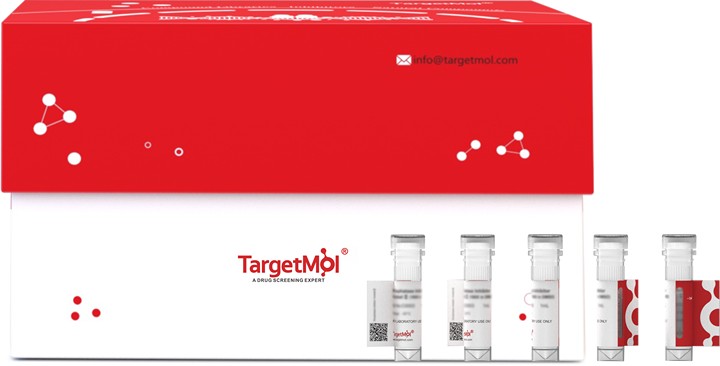Shopping Cart
- Remove All
 Your shopping cart is currently empty
Your shopping cart is currently empty

CHIT1 Protein, Mouse, Recombinant (His) is expressed in HEK293 Cells. The accession number is Q9D7Q1.

| Pack Size | Price | Availability | Quantity |
|---|---|---|---|
| 100 μg | $539 | Backorder | |
| 1 mg | $3,480 | Backorder |
| Biological Activity | Measured by its ability to cleave 4MethylumbelliferylβDN,N’,N” triacetylchitotriose (4MUTACT). The specific activity is > 400 pmoles/min/µg. |
| Description | CHIT1 Protein, Mouse, Recombinant (His) is expressed in HEK293 Cells. The accession number is Q9D7Q1. |
| Species | Mouse |
| Expression System | HEK293 Cells |
| Tag | C-His |
| Accession Number | Q9D7Q1 |
| Synonyms | Chit1,2300002L19Rik |
| Construction | A DNA sequence encoding the Mouse CHIT1 (Q9D7Q1) (Ala22-Ser464) was expressed with a polyhistidine tag at the C-terminus. |
| Protein Purity | ≥ 95% as determined by SDS-PAGE. ≥ 90% as determined by SEC-HPLC. |
| Molecular Weight | 50.3 kDa (predicted); 52.9 kDa (reducing contition) |
| Endotoxin | < 1.0 EU per μg protein as determined by the LAL method. |
| Formulation | Supplied as sterile 12.5 mM Tris, 75 mM NaCl, 50% Glycerol, pH 7.5. Please contact us for any concerns or special requirements. Please refer to the specific buffer information in the hardcopy of datasheet or the lot-specific COA. |
| Stability & Storage | It is recommended to store recombinant proteins at -20°C to -80°C for future use. Lyophilized powders can be stably stored for over 12 months, while liquid products can be stored for 6-12 months at -80°C. For reconstituted protein solutions, the solution can be stored at -20°C to -80°C for at least 3 months. Please avoid multiple freeze-thaw cycles and store products in aliquots. |
| Shipping | In general, Lyophilized powders are shipping with blue ice. Solutions are shipping with dry ice. |
| Research Background | Chitotriosidase, also known as Chitinase-1 and CHIT1, is a member of the glycosyl hydrolase 18 family and Chitinase class II subfamily. It is a member of the mammalian chitinase family, structurally homologous to chitinases from other species, is synthesized and secreted by specifically activated macrophages. Chitotriosidase is a polymer of N-acetylglucosamine. Serum and plasma chitotriosidase activity is usually measured as the first step in diagnosis of Gaucher disease. Monitoring chitotriosidase activity is widely used during treatment of this pathology by enzyme replacement therapy. Its elevated plasma level reflects gradual intralysosomal accumulation in Gaucher cells (lipid-loaded macrophages). Macrophages overloaded by the enzyme accumulated in lysosomal material (lipids) were shown to secrete chitotriosidase; its increased expression was noted in several lysosomal storage diseases and atherosclerosis. In addition to lipid storage disorders, where Chit activity has longer been used as a marker of disease activity and therapeutic response, elevation of plasma Chit may occur in hematological disorders with storage of erythrocyte membrane breakdown products as thalassemia and different systemic infectious diseases sustained by fungi and other pathogens. Recently, increased Chit activity was demonstrated in CNS from patients with different neurological disorders. Chitotriosidase is believed to play a role in mechanisms of immunity and protection against chitin-containing pathogens. |

Copyright © 2015-2025 TargetMol Chemicals Inc. All Rights Reserved.